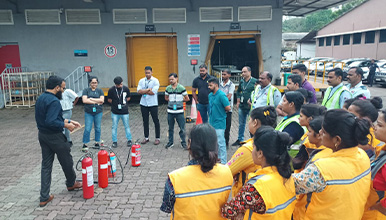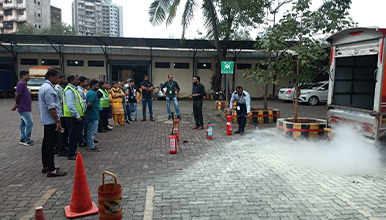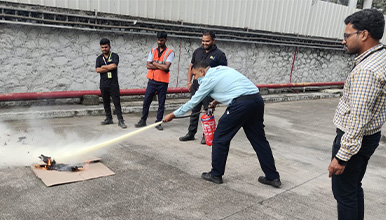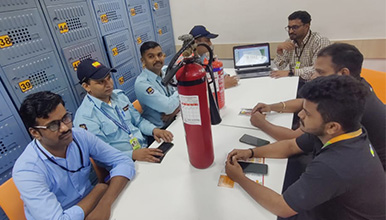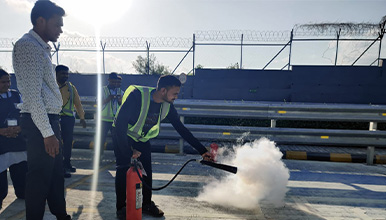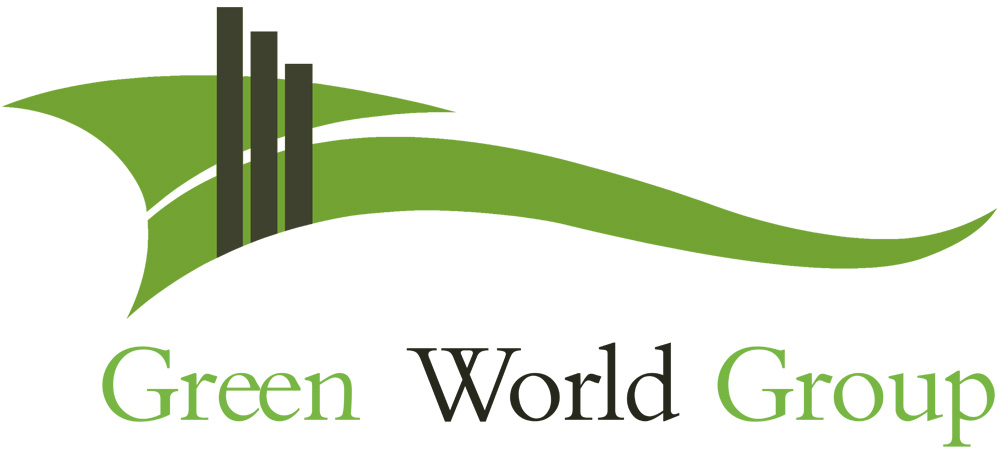Create Culture of Safety & Responsibility among your employees with our Fire Extinguisher Training..!!
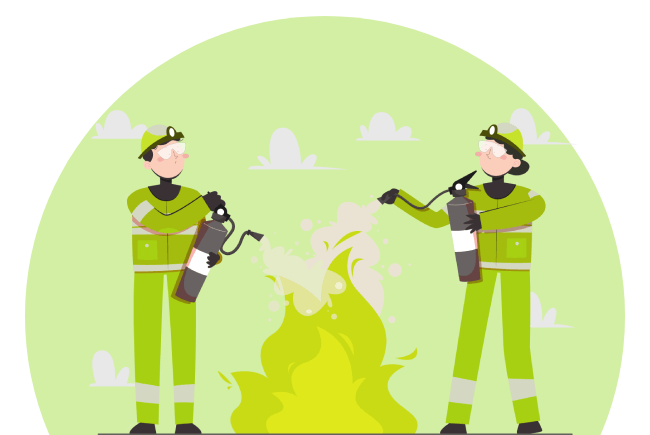
Our Fire Extinguisher Operation Training Includes
Understanding Fire Risk at Your Workplace
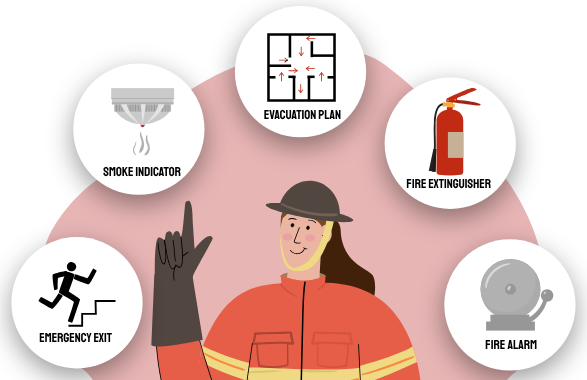
Identify your workplace hazards, recognize combustible materials like electrical or chemical substances, and assess other environmental factors that increase fire risks.
Different Classes of Fire & Corresponding Fire Extinguishers
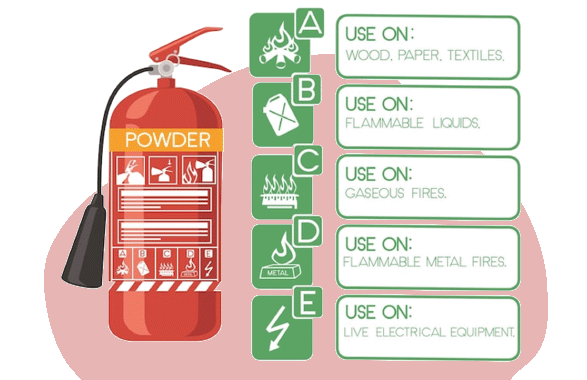
Learn about the different classes of fires (Class A, B, C, D, K), the materials involved in each class and how to select the appropriate extinguisher for specific fire situations.
Where to place a Fire Extinguisher
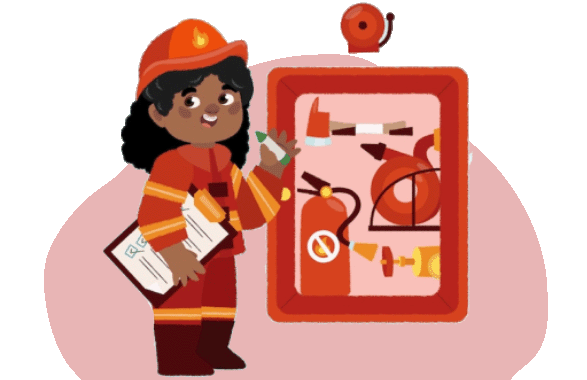
Know the safety regulations and standards for proper extinguisher placement, which must be easily accessible & visible during fire emergencies.
PASS methods for Fire Extinguisher usage
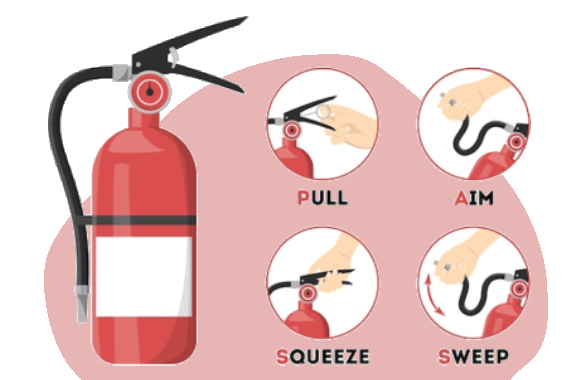
Gain practical knowledge on the PASS technique: Pull, Aim, Squeeze, Sweep, for effective fire extinguisher operation.
Assessing a Fire Situation
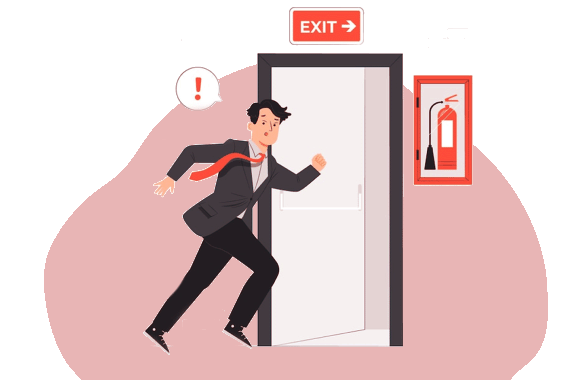
Learn how to evaluate the severity of fire risk, when the fire is at early stage, use fire extinguisher or immediately evacuate from the building.
Evacuation Plans & procedures
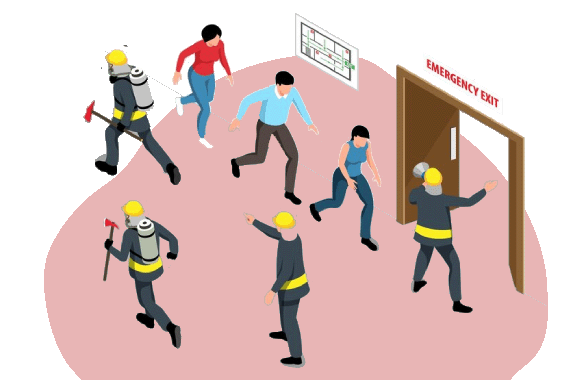
Get familiarize with evacuation routes, assembly points, and procedures to assist coworkers during evacuations.
Fire Extinguisher Maintenance & Inspection
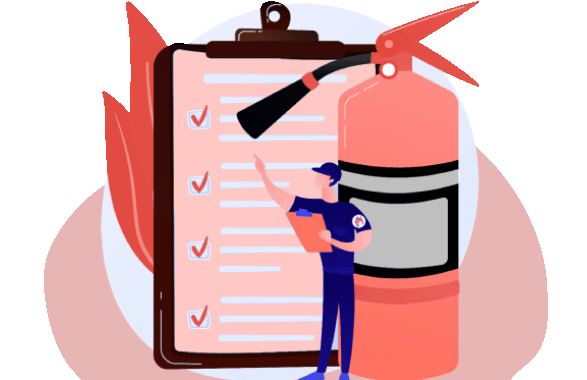
Understand the importance of regular inspection and maintenance of extinguishers and learn how to conduct visual checks and routine maintenance.
Learning Outcomes of Fire Extinguisher Training Program
Our Fire Extinguisher Safety Training makes your employee to,
- Confidently identify various fire types and appropriate extinguishers
- Execute proper handling and usage techniques of fire extinguishers
- Understand emergency evacuation procedures efficiently
- Foster a safer workplace environment through enhanced fire safety awareness
Organization Benefits on Fire Extinguisher use Training
- Trained staff can mitigate fire damage, protect assets and infrastructure
- It encourages coordination & teamwork during emergencies, ensuring a unified response to fire emergencies
- It minimizes fire-related disruptions, downtime and the associated costs of halted operations or production
- Fosters a culture of continuous improvement and preparedness at your workplace
At Green World, we are dedicated to ensure your workforce’s safety with our top-tier, training solutions. Contact us today protect your business form fire risk..!!
Our Recent Projects
FAQ
- Class A: For combustible materials like wood, paper, cloth. Uses water or foam.
- Class B: For flammable liquids (gasoline, oil). Uses foam, dry chemicals, or CO2.
- Class C: For electrical fires. Uses non-conductive agents like dry chemicals or CO2.
- Class D: For combustible metals (magnesium, titanium). Uses specific powders.
- Class K: For kitchen fires with oils, fats. Uses wet chemicals
A Testimonial of Excellence
Get Your Query Answered / Get Expert Assistance To Choose the Right Course for You Or Your Associates










